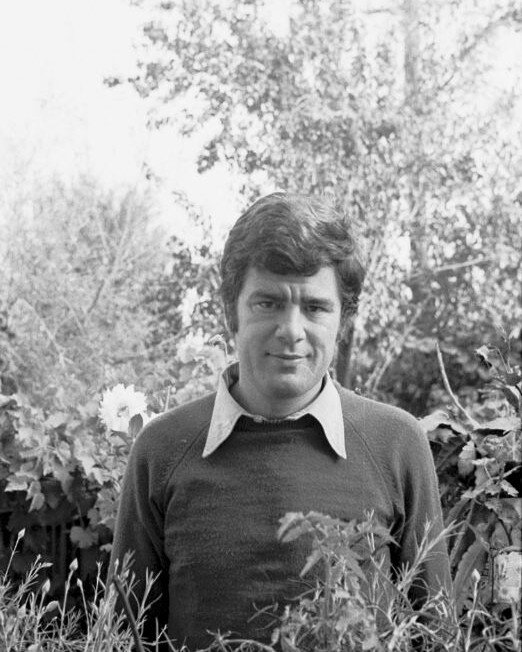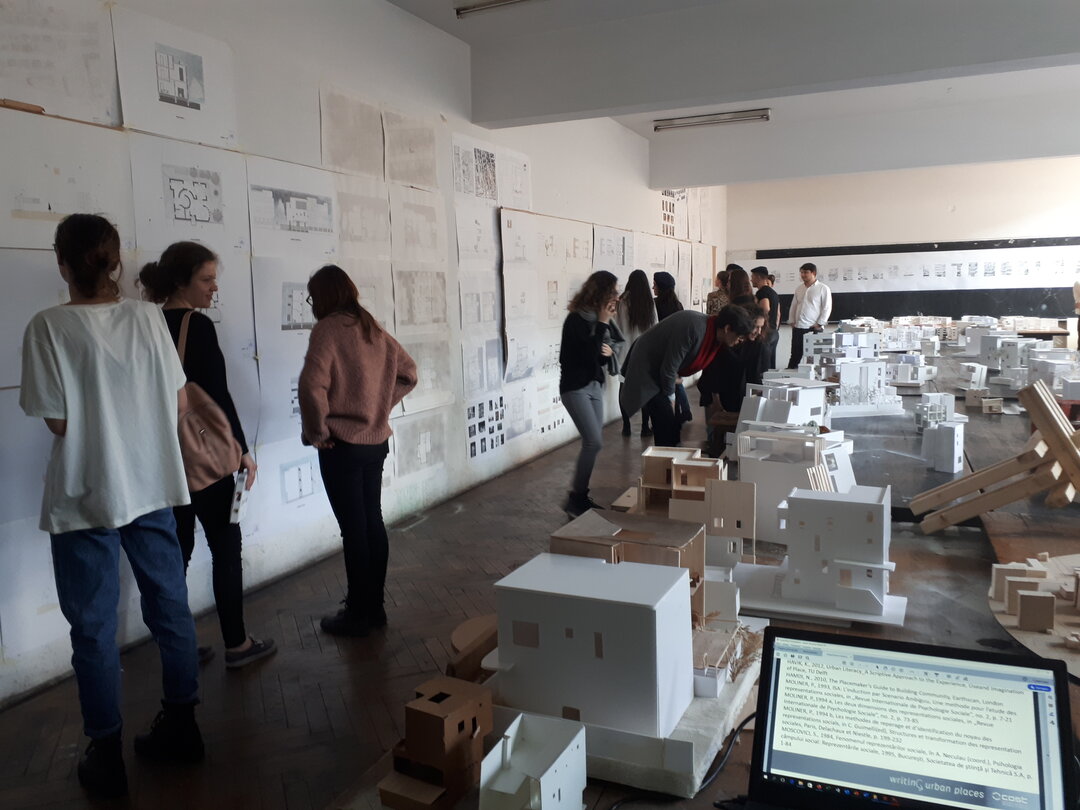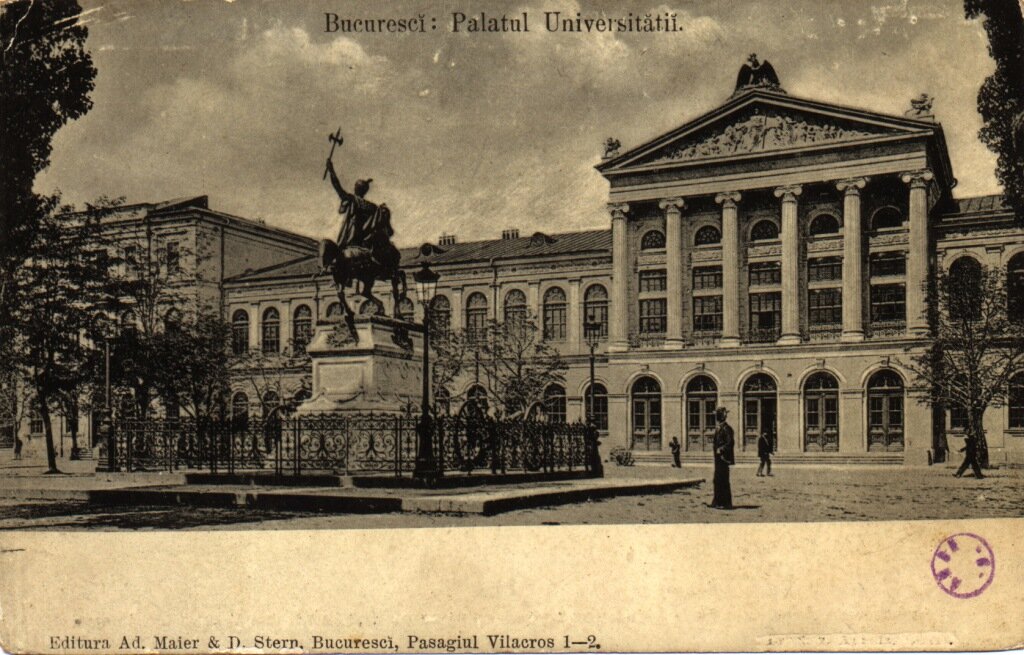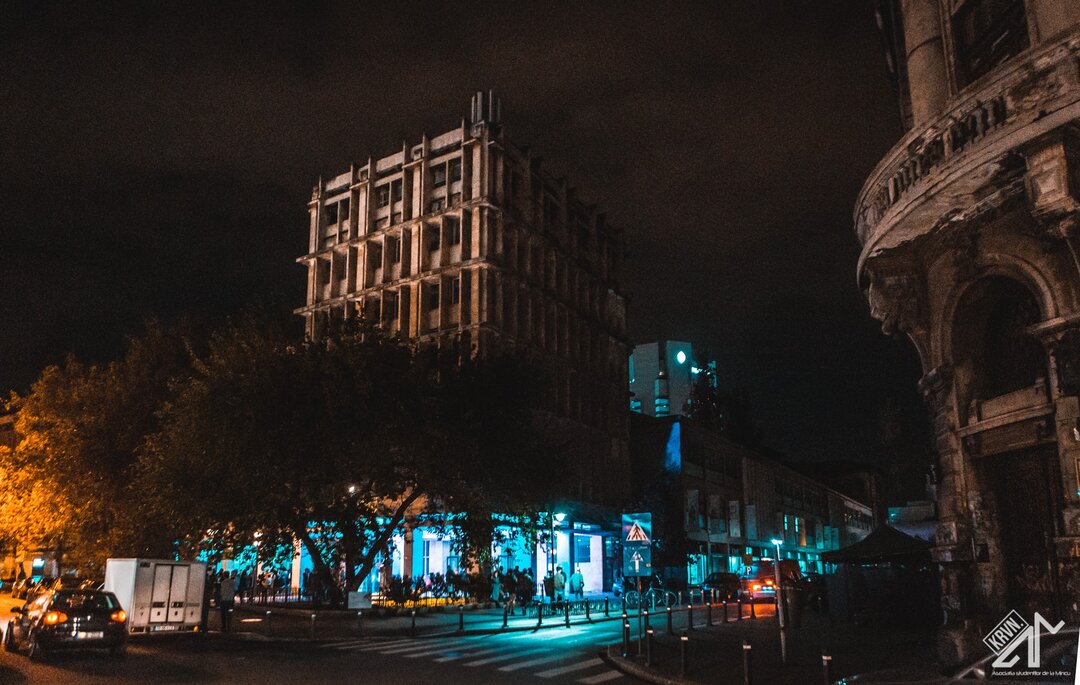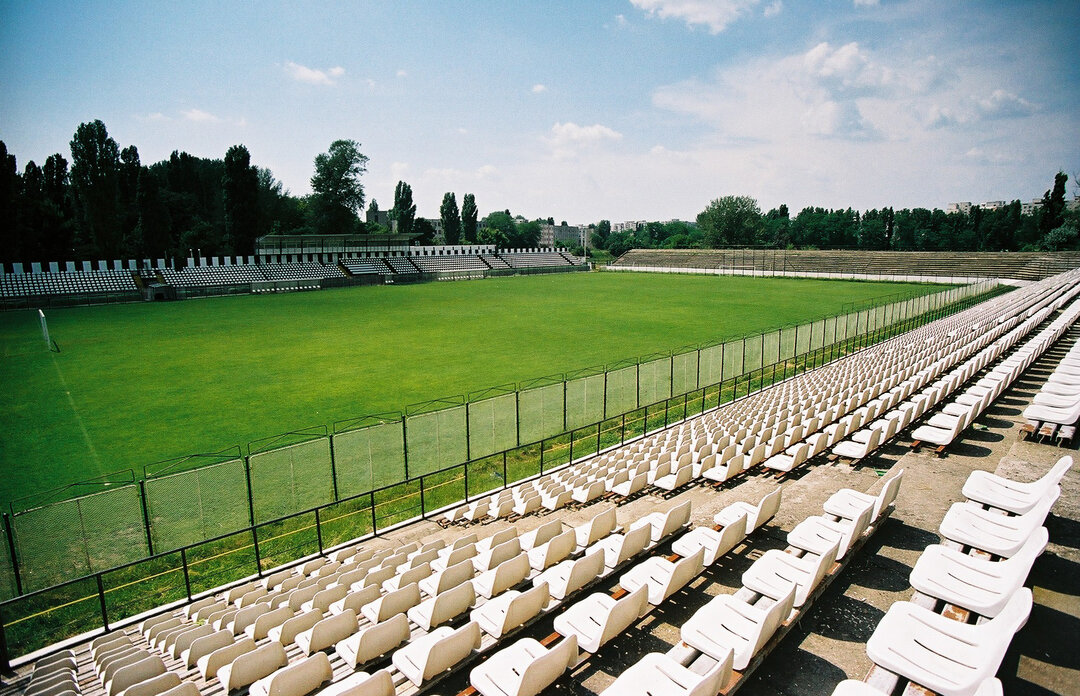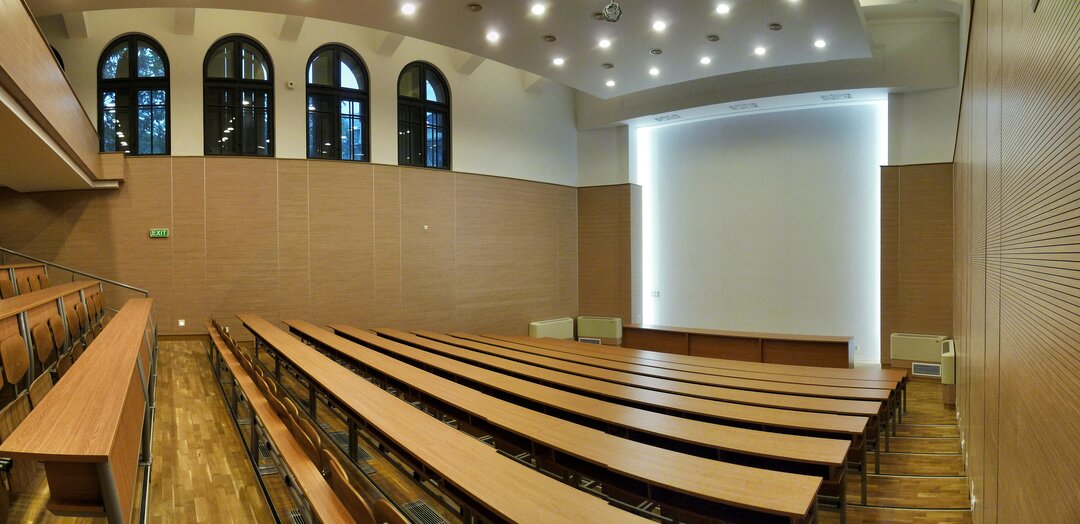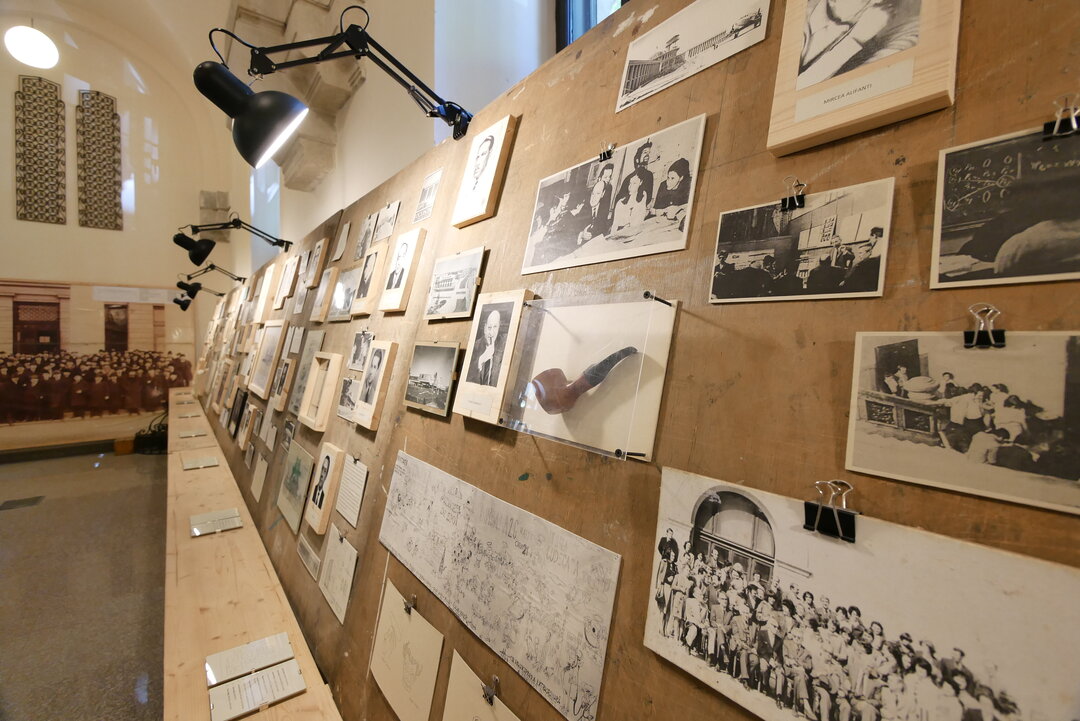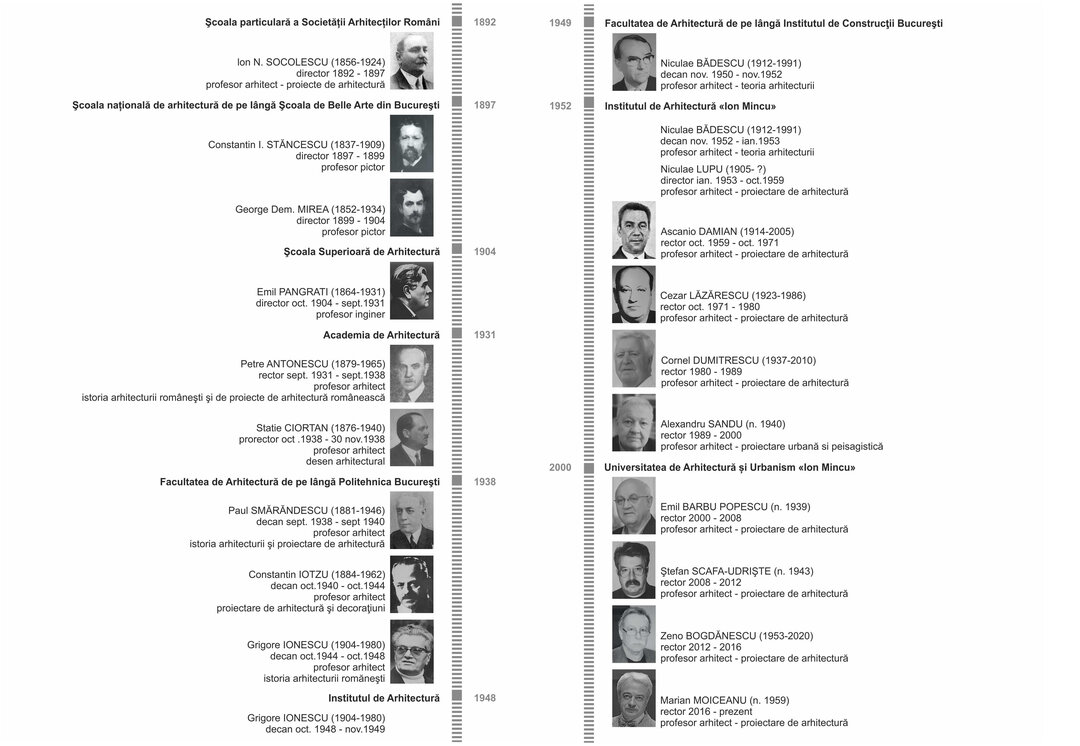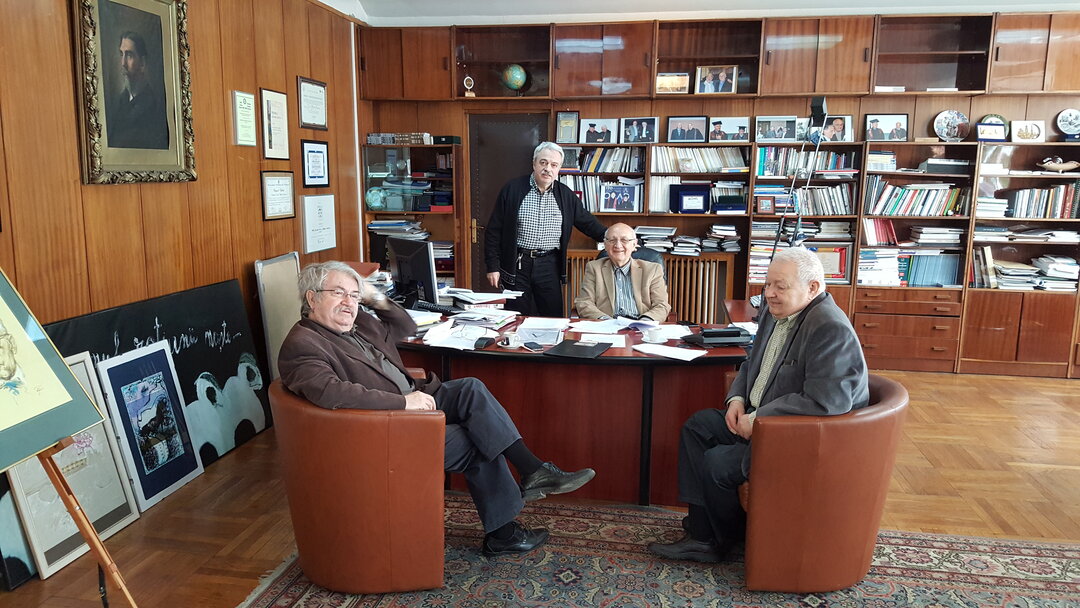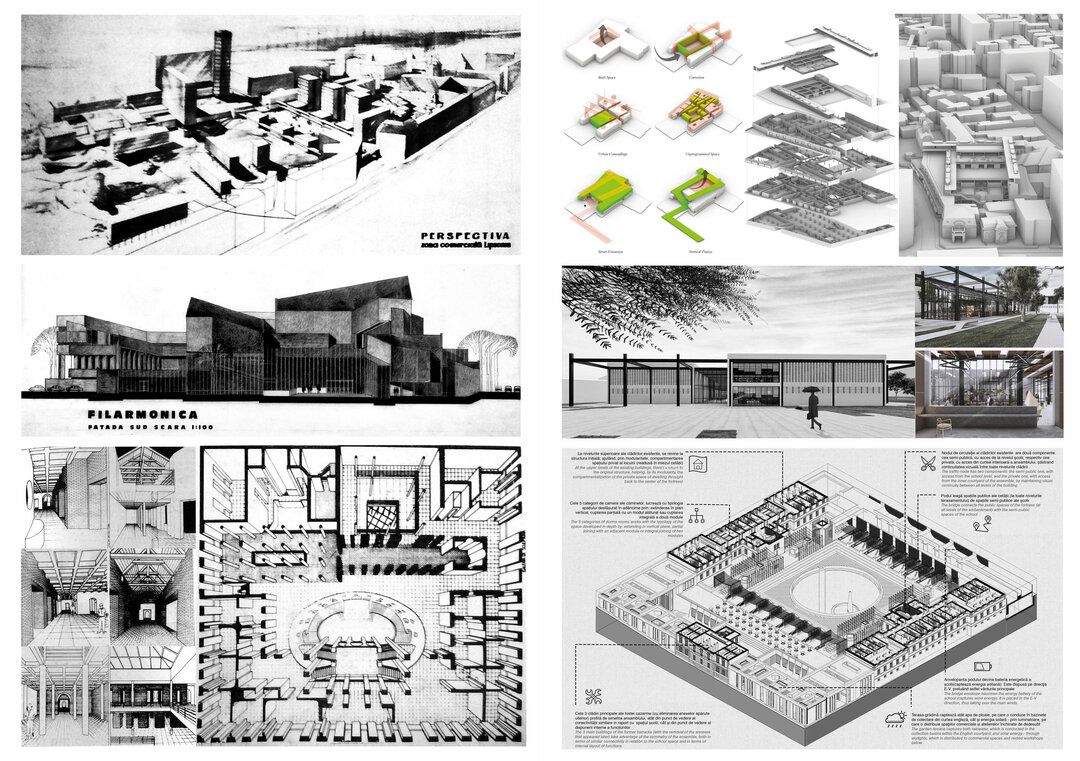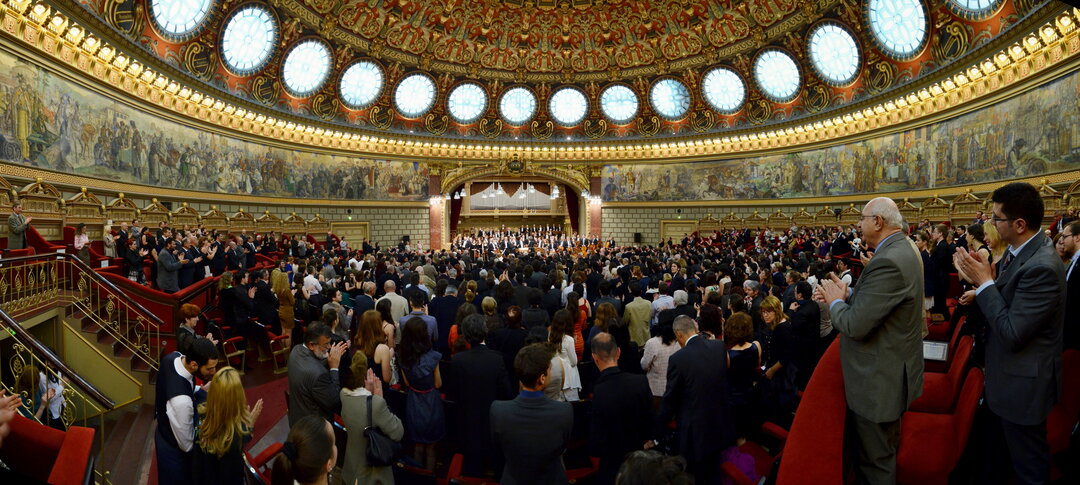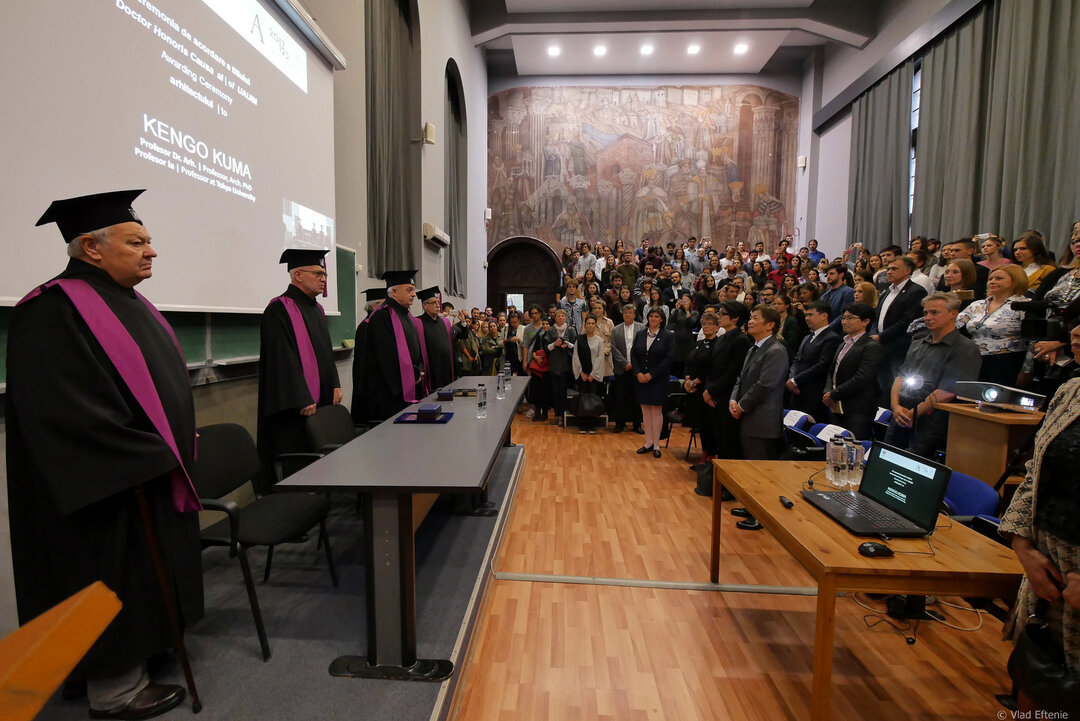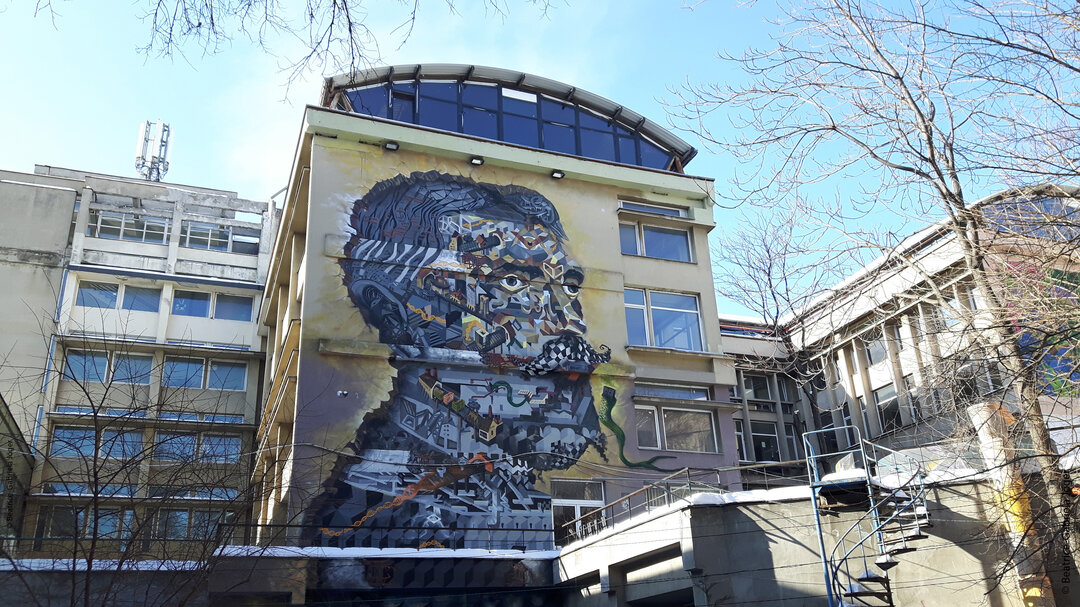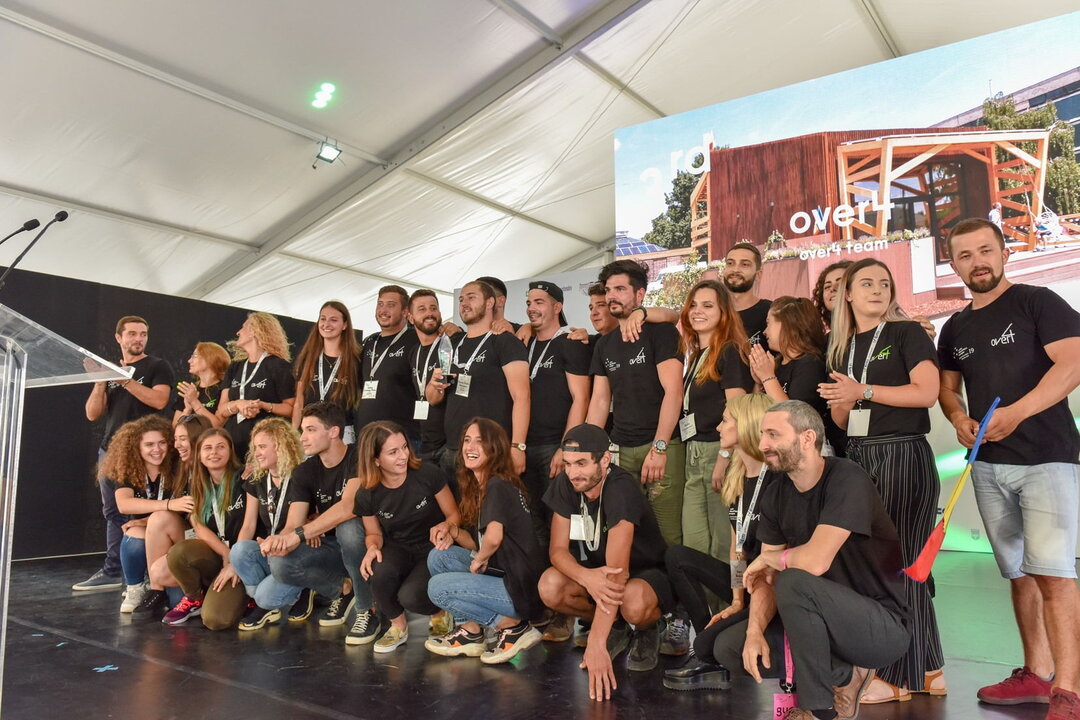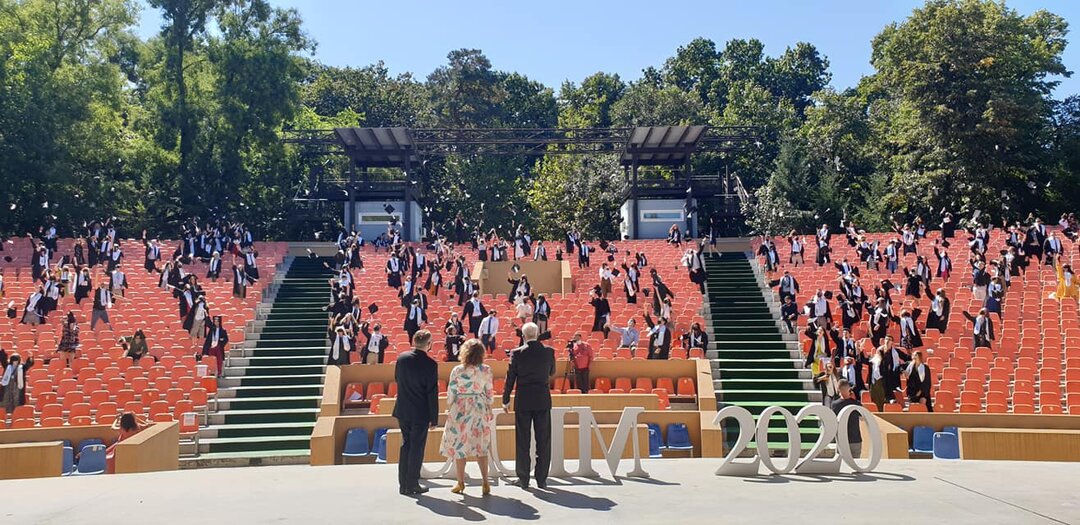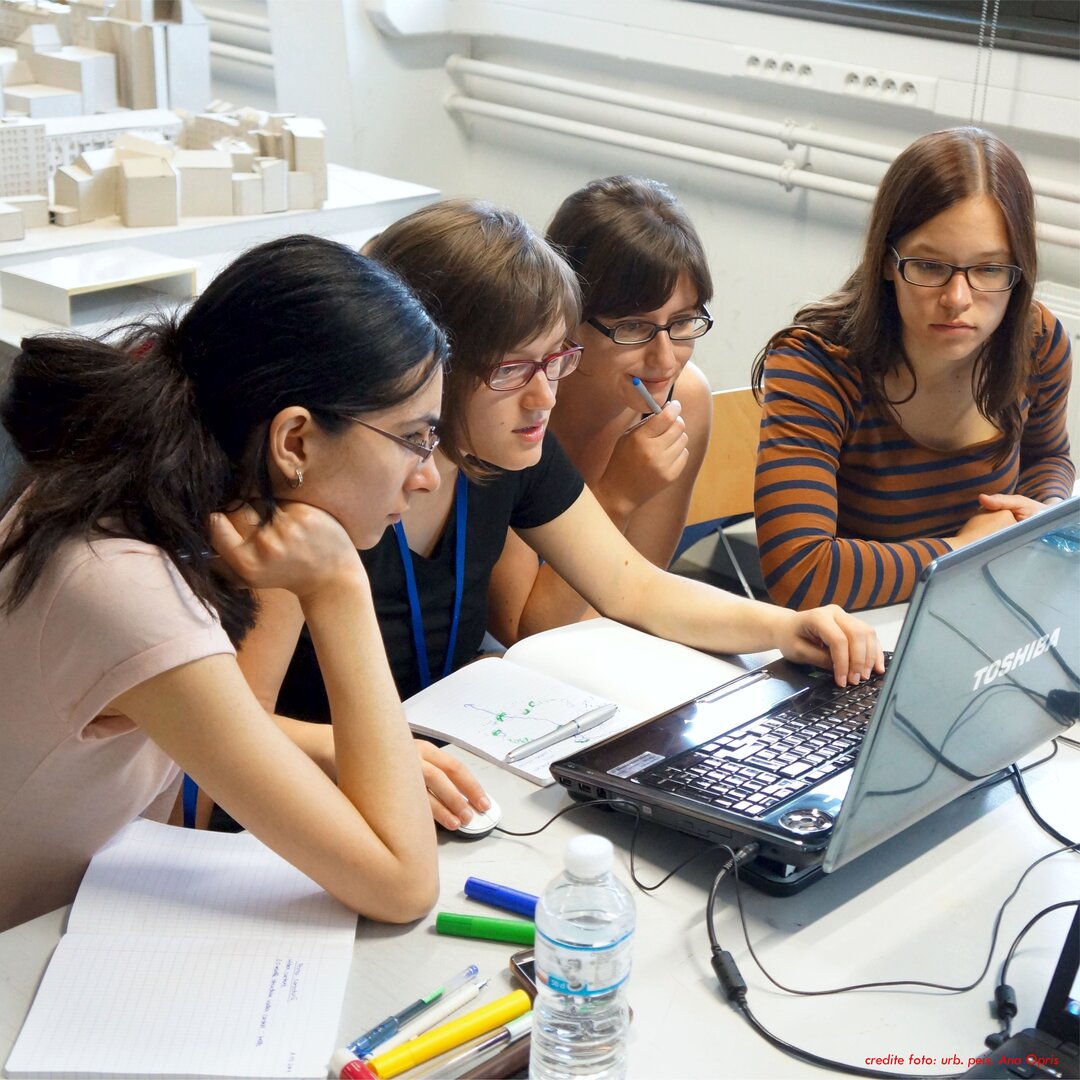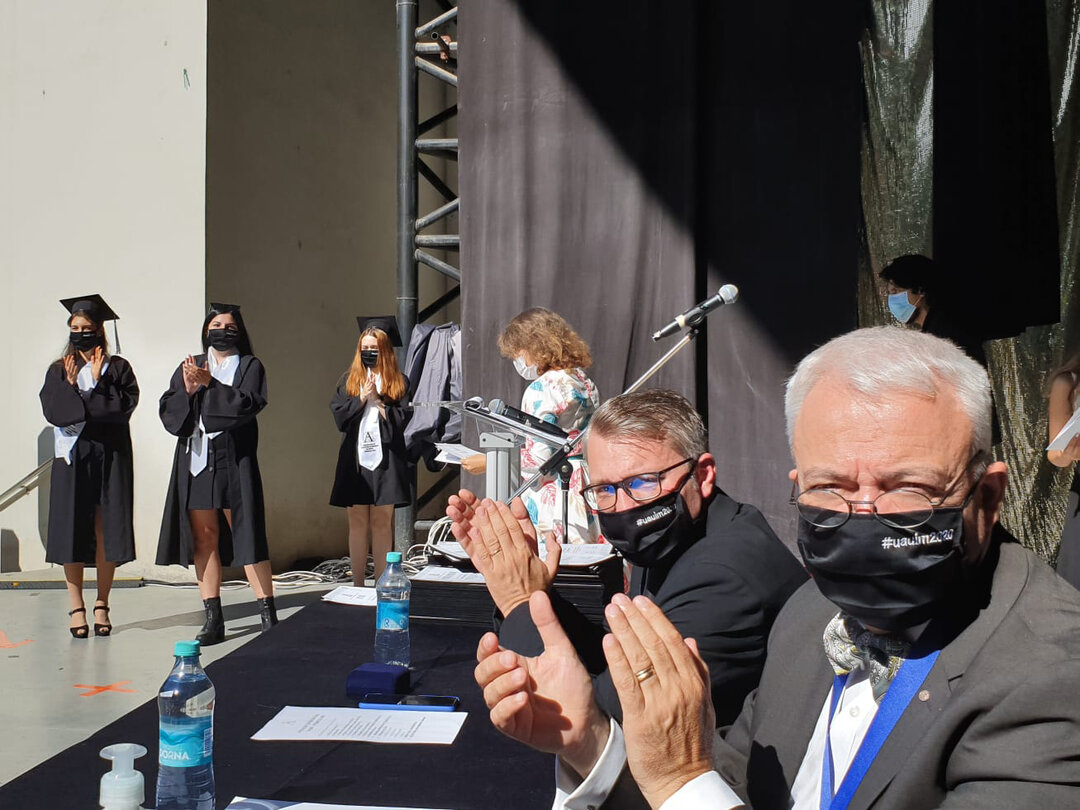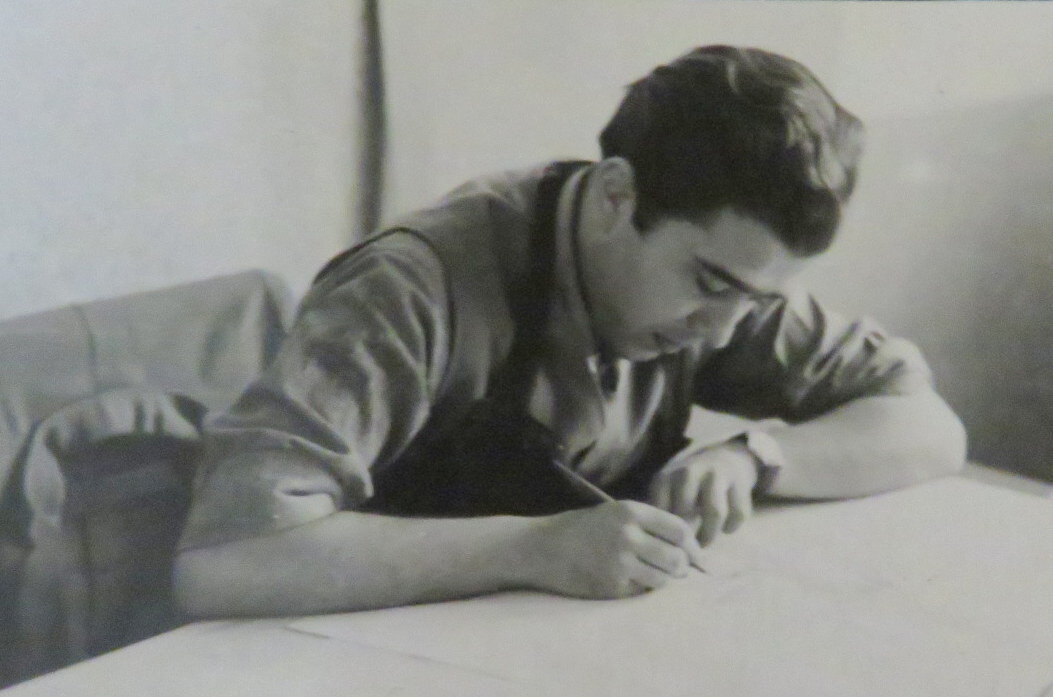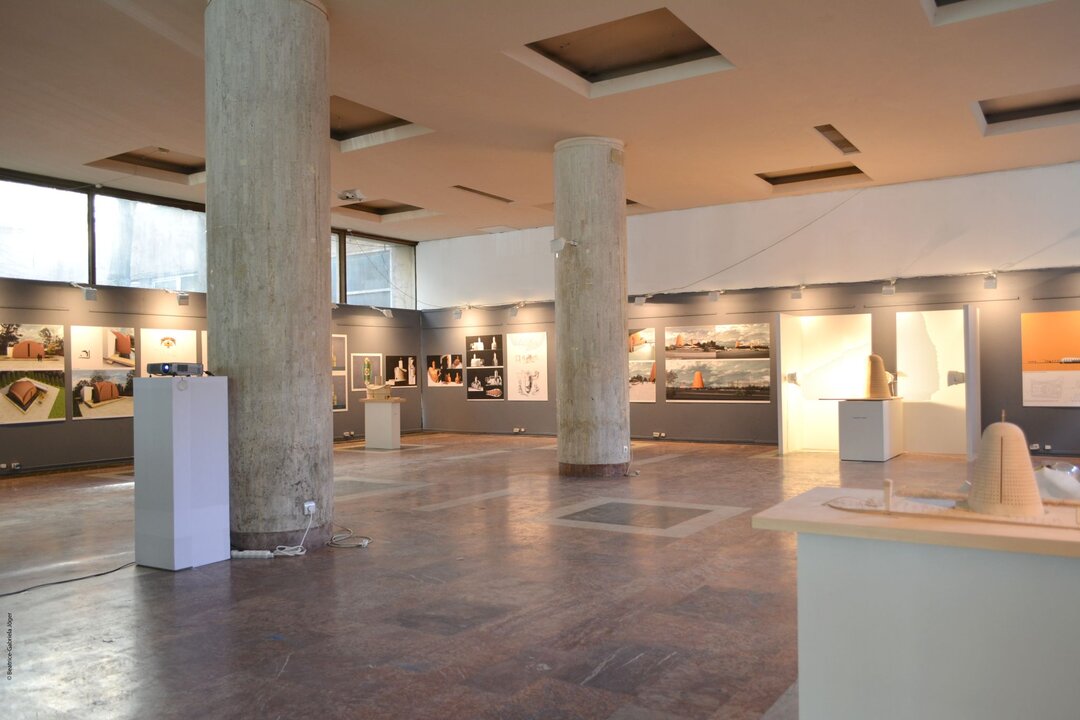
Architectural education in the Romanian Principalities
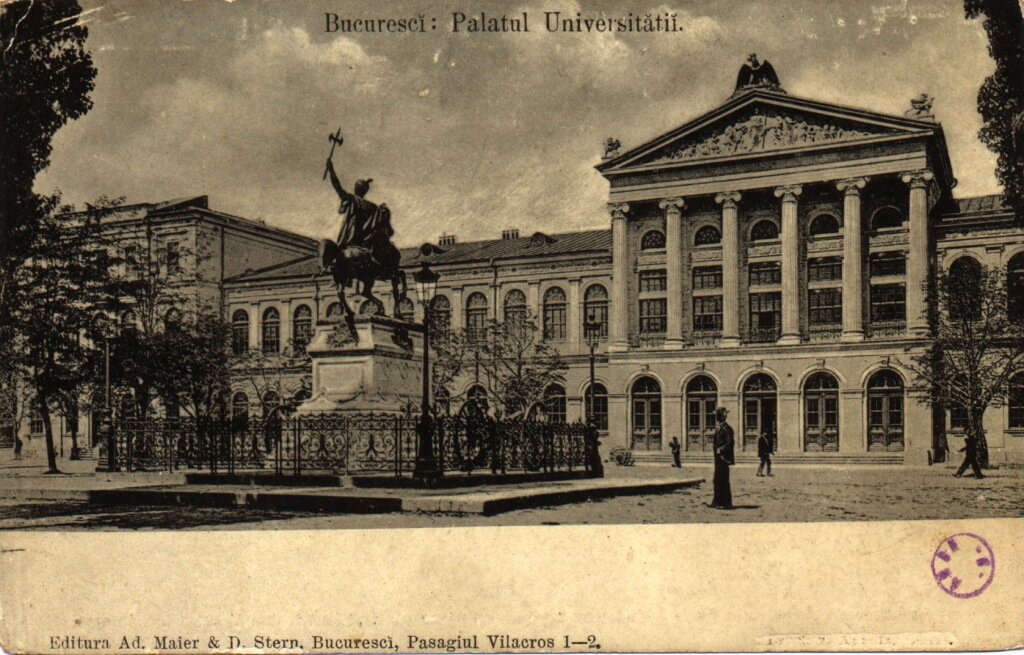
At the beginning of the 19th century, due to the desire of the administrations of the Romanian Principalities to be in line with the models of European civilization, it became a necessity for Wallachia and Moldavia to carry out building works in order to create the infrastructure and modernize the cities. It was necessary to build public or private buildings, and Western models were chosen. Due to the lack of Romanian specialists, architects and engineers were brought in mainly from Germany, Austria and France.
Among the architects who worked in the two principalities were the Austrian Johann Freiwald, an engineer and architect, the Czech Martin Kubelka, the Frenchman San Jouand, the Catalan Xavier Villacrosse, the Russian M. Singurov. They were later joined by the Romanian architects Gheorghe Asachi1, Alexandru Costinescu2, Iacob Melnic, etc.
The beginnings of higher technical education in Romania date back to around 1810. In 1813, Gheorghe Asachi set up an engineering and technical education class in Romanian in Moldova, at the State Academy in Iași, where he taught architecture, history of arts, geodesy and mathematics. In 1831, under the directives of the governor general, Count Pavel Kiseleff, the first fundamental laws of Wallachia and Moldavia, known as the Organic Regulations, were drawn up. Among the provisions of the regulations it was stipulated that the special three-year course of applied mathematics should include the study of mechanics and architecture.

